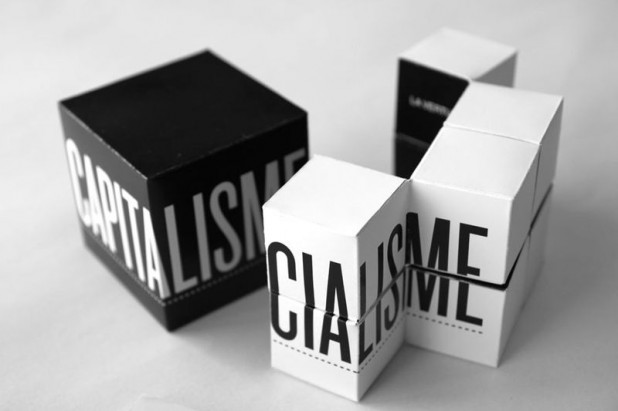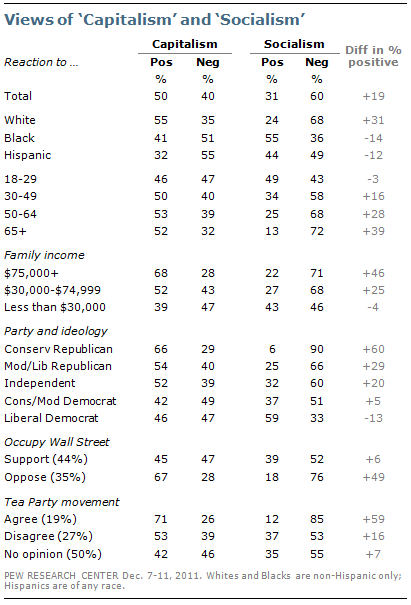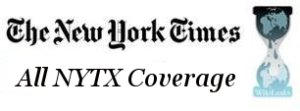STRUCTURAL ANALYSIS
The Times They May be Changing
November 20, 2012 · 0 Comments
Source: Reports from the Economic Front

By Marty Hart-Landsberg:
One of the biggest obstacles to improving economic conditions has been majority belief that our current economic system is capable of delivering steady improvements in living and working conditions. Because of that belief, it has been easy for economic and political elites to convince large numbers of people that current economic problems must be the result of too much government spending, or immigrants, or unions, or taxes or . . . . In other words anything but capitalism itself.
However, there are now signs that the times may be changing.
A New York Times blog post by Thomas B. Edsall discusses some recent polling data which suggests that growing numbers of Americans, what many analysts are calling the rising American electorate–unmarried women, young people, Hispanics, and African Americans–are open to serious economic change.
For example, Edsall summarizes the results of one poll as follows:
When voters were asked whether cutting taxes or investing in education and infrastructure is the better policy to promote economic growth, the constituencies of the new liberal electorate consistently chose education and infrastructure by margins ranging from 2-1 to 3-2 — African Americans by 62-33, Hispanics by 61-37, never-married men by 56-38, never-married women by 64-30, voters under 30 by 63-34, and those with post-graduate education by 60-33.
Conservative constituencies generally chose lowering taxes by strong margins — whites by 52-42, married men by 59-34, married women by 51-44, all men by 52-41; older voters between the ages of 50 and 65 by 54-42.
The constituencies that make up the rising American electorate are firmly in favor of government action to reduce the gap between rich and poor, by 85-15 among blacks, 74-26 for Hispanics; 70-30 never-married men; 83-15 never-married women; and 76-24 among voters under 30. Conservative groups range from lukewarm to opposed: 53-47 for men; 53-47 among voters 50-65; 46-54 among married men; 52-47 among all whites.
One of the clearest divides between the rising American electorate and the rest of the country is in responses to the statement “Government is providing too many social services that should be left to religious groups and private charities. Black disagree 67-32; Hispanics disagree 57-40; never-married women 70-27; never-married men, 59-41; young voters, 66-34; and post-grad, 65-34. Conversely, whites agree with the statement 54-45; married men agree, 60-39; married women, 55-44; all men, 55-43.
Edsall also cites a 2011 Pew Research Center Poll that is even more suggestive of support for fundamental change. Although it is impossible to know what people mean by the terms capitalism and socialism, the table below, taken from the poll, suggests that opposition to capitalism is at significant levels among many of the groups that comprise the rising American electorate.
Polling data is not the same as political action of course. But the negative views of capitalism and surprisingly strong support for socialism among many in the population must be worrisome to those who continue to benefit from existing economic relations.
One can only imagine that far more people will come to hold these views if government leaders succeed in using the artificially created “fiscal cliff” to further cut key social programs. People want action on jobs, not cuts in government spending, regardless of whether those cuts are accompanied by tax increases on the wealthy.
By admin











Sorry, comments are closed on this post.